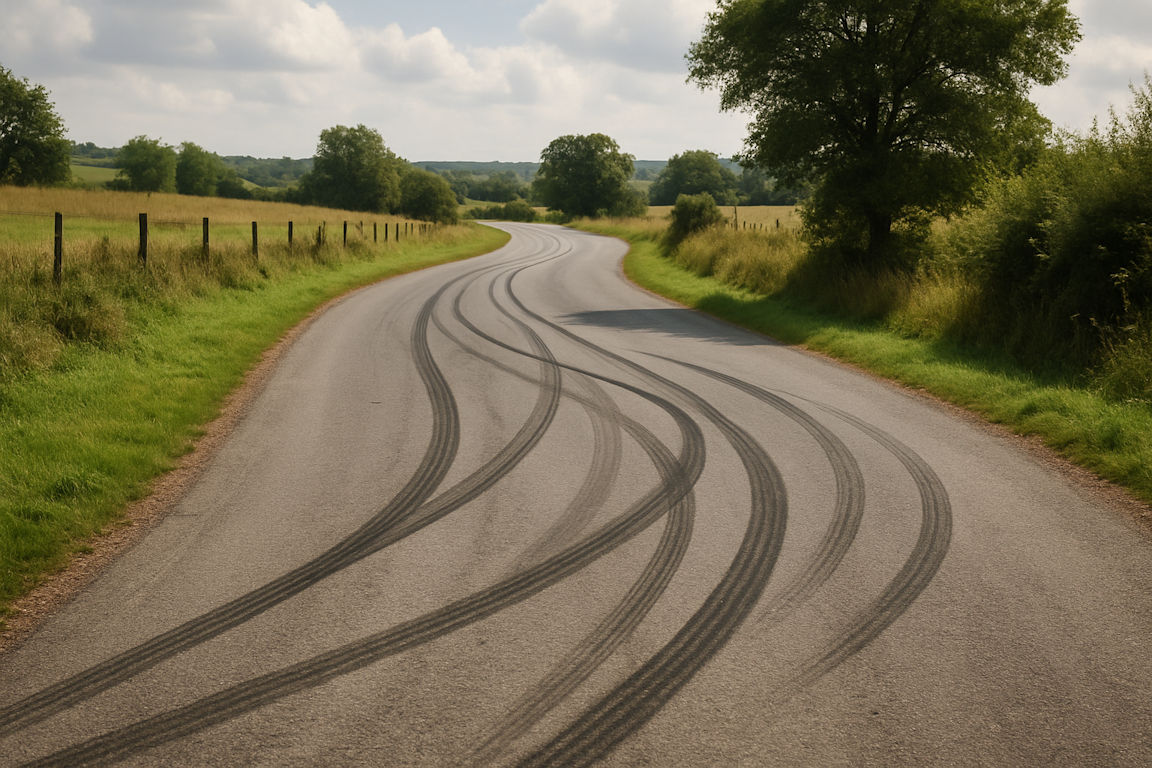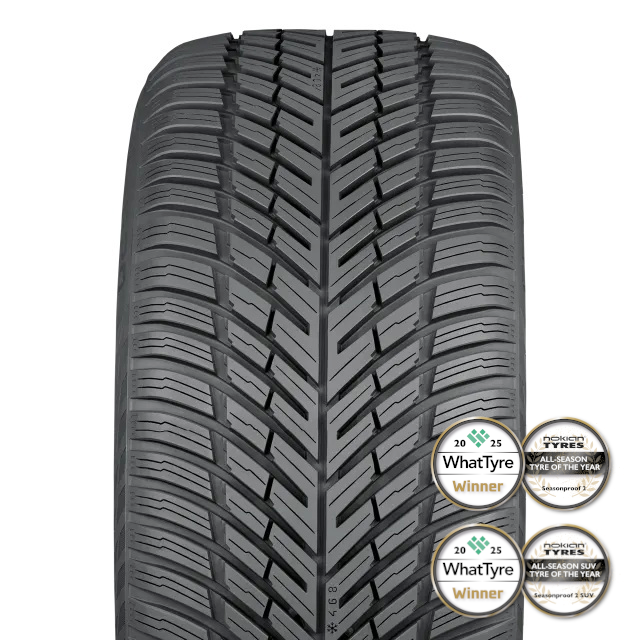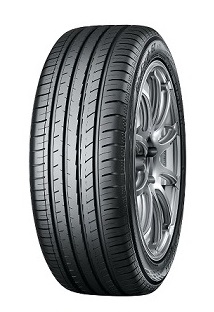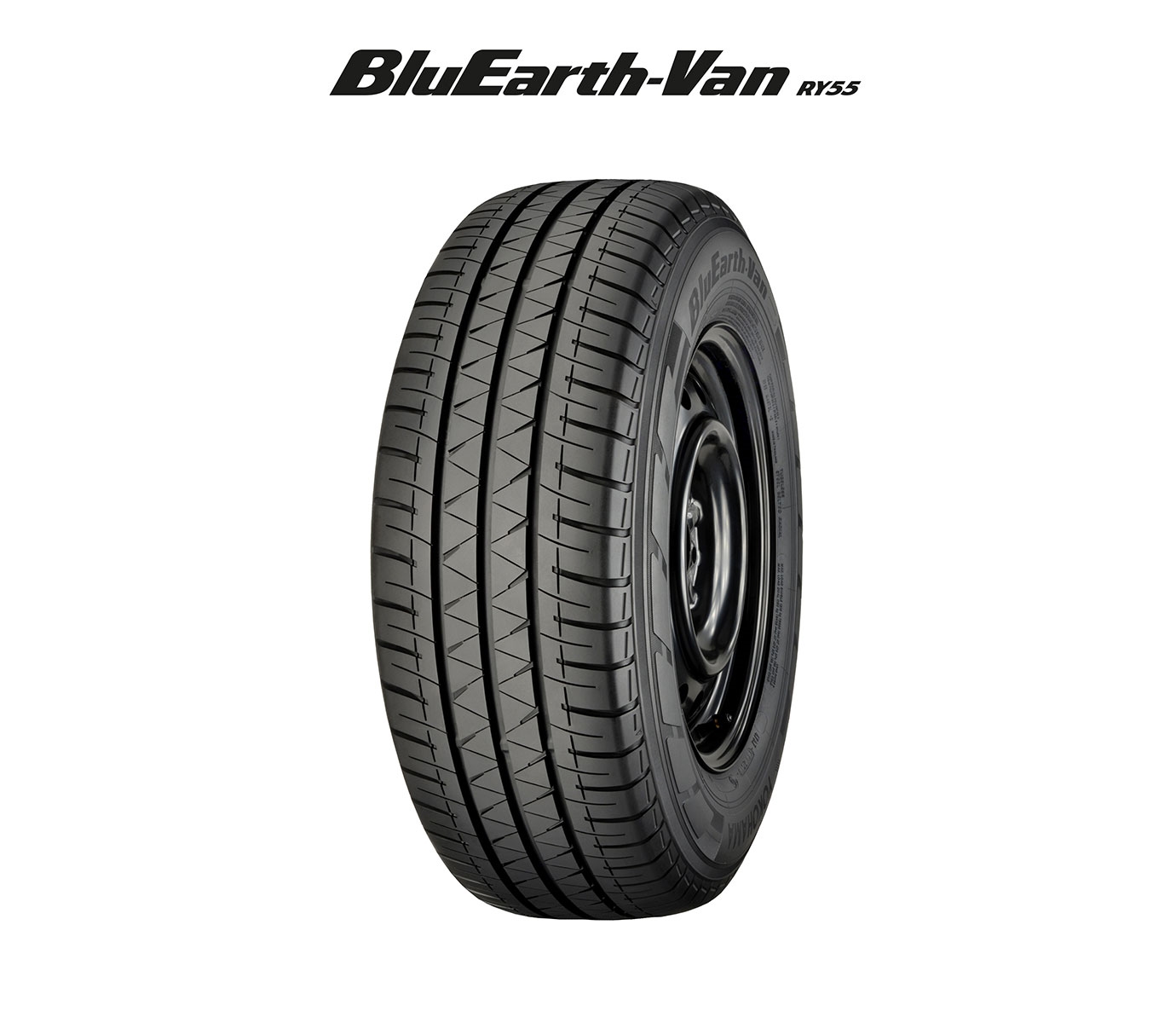Whenever a vehicle travels along the road, minute amounts of tyre material wear away. So far nobody has found a way to prevent this, but some tyre makers have invested considerable effort and expense into minimising pollution from tyre abrasion. German motoring club ADAC has investigated how major tyre brands perform in regard to tyre wear.
The latest ADAC study follows a similar report published four years ago. Based upon data obtained from the club’s summer, winter and all-season tyre testing, the results of the 2021 study highlighted major differences in abrasion between various tyre manufacturers, with only a few brands offering tyres that offered both low rates of wear and good driving safety.
Since then, the region’s lawmakers have approved Euro 7 standards. These are scheduled to take effect late next year, with specific rules covering car tyres applying from 1 July 2028. What sets Euro 7 apart from previous standards is that it looks at tyre abrasion and will include this factor when determining which tyres can – and cannot – be sold in Europe.
Top brands under the microscope
Sponsored by the FIA and FIA Foundation, the new ADAC study looks at 160 different tyre models (84 summer, 60 winter and 16 all-season tyres) that the club has tested since 2023. Based upon Euro 7 methodology, the study not only looks at measured abrasion mass in relation to the distance a tyre travels but also factors vehicle weight into the analysis. Test values are expressed in milligram per kilometre and standardised per tonne of vehicle weight.
To enable its team to reliably assess products at brand level, ADAC particularly focused on tyre brands whose products had appeared at least five times in tyre tests conducted from 2023. A dozen brands meet this criterion, all premium or mid-range tyres.
Confirming the results of the 2021 study, the ADAC team found that Michelin continues to produce by far the lowest abrasion tyres. According to ADAC calculations, the average abrasion of Michelin tyres is only 52 mg/km/t. Its rivals Hankook (62 mg/km/t), Continental (63 mg/km/t) and Goodyear (65 mg/km/t) are well behind in second to fourth place.
The Michelin tyres emitted 26 per cent less particles than the premium competitor average. The brand’s closest competitor emitted 20 per cent more particles per kilometre driven and per tonne transported. The French manufacturer believes these results “illustrate the innovative efforts made by Michelin to offer tyres that perform throughout their lives, combining excellent lifespan, reduced particle emissions, and minimum raw material consumption.”
“All four premium manufacturers impressively demonstrate that it is possible to produce a safe and low-wear tyre using modern tyre technology,” adds ADAC.
Good but affordable performance
ADAC pricing research positions tyres from the top four brands in the upper price segment, and a price gap exists between them and products from what ADAC calls quality brands. These include Kumho (70 mg/km/t), Falken (72 mg/km/t), Semperit, Vredestein and Dunlop (both 73 mg/km/t).
Not all premium brands fared well in the ADAC tyre abrasion study. The motoring club tells us that “two premium manufacturers in particular stand out negatively” with significantly higher levels of abrasion than their competitors. These brands are Pirelli (76 mg/km/t) and Bridgestone (78 mg/km/t). ADAC opines that both “are still unable to offer a safe yet low abrasion tyre with their previous tyre generations,” adding that Pirelli and Bridgestone have “clearly focused on driving safety and not on abrasion.”
In last place for abrasion amongst the brands participating in at least five ADAC tyre tests since 2023 is Firestone (82 mg/km/t). ADAC comments that the brand can “hardly score points in terms of the environment” with its result, but Firestone was by no means the worst performer from the 160 tyre models that ADAC looked at. Other products showed significantly poorer abrasion values, with the wooden spoon going to the Avon ZV7 (126 mg/km/t).
Balancing tyre wear & safety
Road transport generates around half a million tonnes of tyre wear and roadway particles in Europe during the course of a year. The upcoming Euro 7 standard will include the measurement of global wear particle emissions for all tyres sold in Europe. Tyres not meeting the Euro 7 standard will be barred from the region’s markets.
For this reason, replacement tyre buyers will certainly hear more about abrasion and tyre wear in years to come – but it is important to consider this characteristic in relation to tyre safety. As an example of the need for this balance, ADAC notes that while the two tested tyres from the Double Coin brand were directly behind the Michelin frontrunner for low tyre abrasion levels, their “safety characteristics are catastrophically poor.” The motoring club therefore urges lawmakers to “maintain a balance” between environmental protection and road safety in any future legal limit value.
“The ADAC is in favour of a balanced solution. According to the results of the study, if the limit value were too strict, almost only expensive premium tyres would receive market approval – but the cheaper segment is also important for price-conscious consumers.” What’s more, manufacturers may be tempted to prioritise abrasion reduction at the expense of grip and braking performance. ADAC warns against a strict limit value that might “lead to a tyre deteriorating in the criteria relevant to driving safety and thus impairing road safety.”









